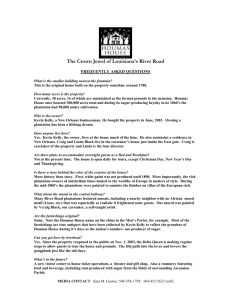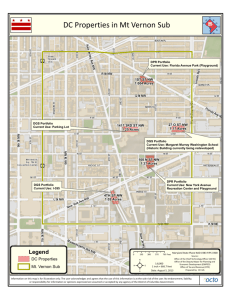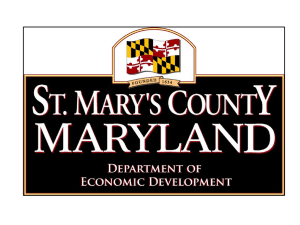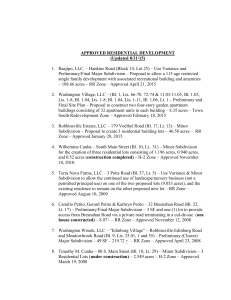Kelly's Bush - Teaching Heritage
advertisement
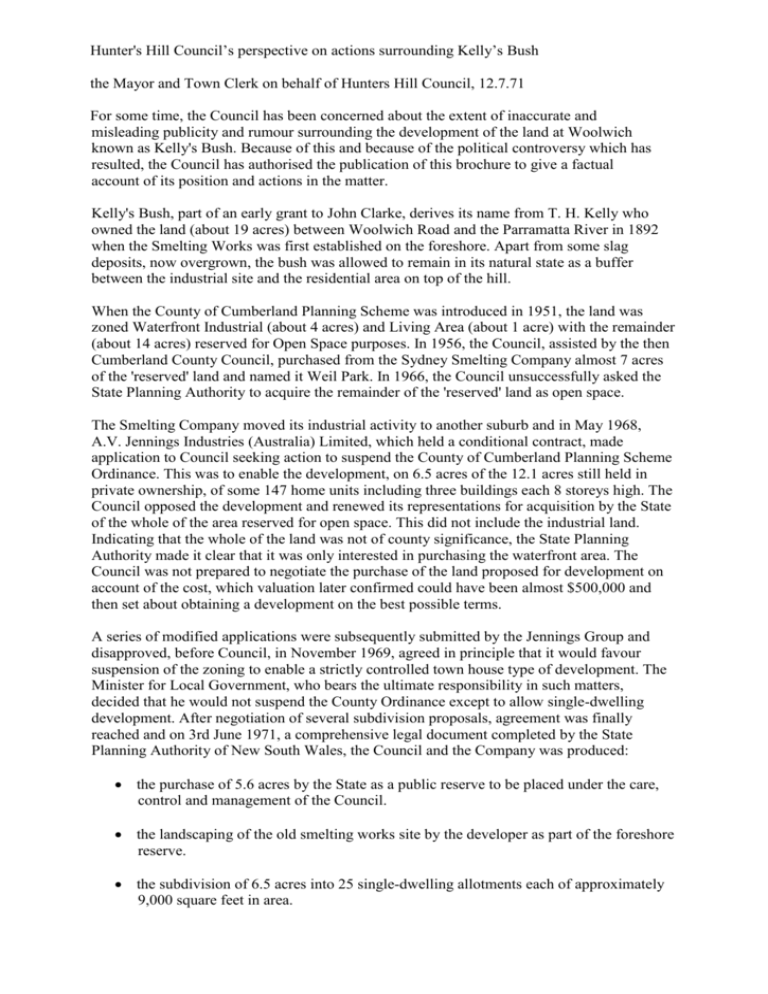
Hunter's Hill Council’s perspective on actions surrounding Kelly’s Bush the Mayor and Town Clerk on behalf of Hunters Hill Council, 12.7.71 For some time, the Council has been concerned about the extent of inaccurate and misleading publicity and rumour surrounding the development of the land at Woolwich known as Kelly's Bush. Because of this and because of the political controversy which has resulted, the Council has authorised the publication of this brochure to give a factual account of its position and actions in the matter. Kelly's Bush, part of an early grant to John Clarke, derives its name from T. H. Kelly who owned the land (about 19 acres) between Woolwich Road and the Parramatta River in 1892 when the Smelting Works was first established on the foreshore. Apart from some slag deposits, now overgrown, the bush was allowed to remain in its natural state as a buffer between the industrial site and the residential area on top of the hill. When the County of Cumberland Planning Scheme was introduced in 1951, the land was zoned Waterfront Industrial (about 4 acres) and Living Area (about 1 acre) with the remainder (about 14 acres) reserved for Open Space purposes. In 1956, the Council, assisted by the then Cumberland County Council, purchased from the Sydney Smelting Company almost 7 acres of the 'reserved' land and named it Weil Park. In 1966, the Council unsuccessfully asked the State Planning Authority to acquire the remainder of the 'reserved' land as open space. The Smelting Company moved its industrial activity to another suburb and in May 1968, A.V. Jennings Industries (Australia) Limited, which held a conditional contract, made application to Council seeking action to suspend the County of Cumberland Planning Scheme Ordinance. This was to enable the development, on 6.5 acres of the 12.1 acres still held in private ownership, of some 147 home units including three buildings each 8 storeys high. The Council opposed the development and renewed its representations for acquisition by the State of the whole of the area reserved for open space. This did not include the industrial land. Indicating that the whole of the land was not of county significance, the State Planning Authority made it clear that it was only interested in purchasing the waterfront area. The Council was not prepared to negotiate the purchase of the land proposed for development on account of the cost, which valuation later confirmed could have been almost $500,000 and then set about obtaining a development on the best possible terms. A series of modified applications were subsequently submitted by the Jennings Group and disapproved, before Council, in November 1969, agreed in principle that it would favour suspension of the zoning to enable a strictly controlled town house type of development. The Minister for Local Government, who bears the ultimate responsibility in such matters, decided that he would not suspend the County Ordinance except to allow single-dwelling development. After negotiation of several subdivision proposals, agreement was finally reached and on 3rd June 1971, a comprehensive legal document completed by the State Planning Authority of New South Wales, the Council and the Company was produced: the purchase of 5.6 acres by the State as a public reserve to be placed under the care, control and management of the Council. the landscaping of the old smelting works site by the developer as part of the foreshore reserve. the subdivision of 6.5 acres into 25 single-dwelling allotments each of approximately 9,000 square feet in area. the construction of subdivision roads, drainage and paths and the provision of all public utility services underground. the location, height, design and materials of the dwellings to be erected under a stringent series of restrictive covenants. The Council believes that it has acted in the best interests of the Municipality and sees the result of the development as the provision of sewerage to a significant portion of the peninsula which remains unsewered, the elimination of waterfront industry from the land, and the provision of over 5 acres of natural waterfront reserve not previously available to the public because it was privately owned.




